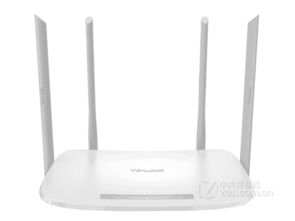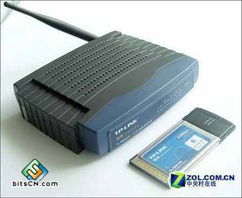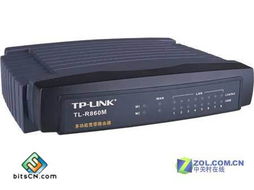Discover the Power of TP-Link Omada: A Comprehensive Guide
Are you looking to enhance your home or office network with a reliable and efficient solution? Look no further than TP-Link Omada. This innovative series of networking devices offers a wide range of features and capabilities that cater to both personal and professional needs. In this detailed guide, we will explore the various aspects of TP-Link Omada, helping you make an informed decision about your network setup.
Understanding TP-Link Omada

TP-Link Omada is a family of managed switches, access points, and cloud-based management software designed to provide seamless connectivity and centralized control for your network. Whether you are a home user or a business owner, Omada offers solutions that can scale with your needs.
Key Features of TP-Link Omada

Here are some of the standout features that make TP-Link Omada a popular choice among users:
- Centralized Management: With the Omada Controller software, you can easily manage and monitor your network devices from a single interface. This feature is particularly useful for businesses with multiple locations or a large number of devices.
- High Performance: TP-Link Omada devices are designed to deliver high-speed connectivity, ensuring that your network remains efficient and reliable.
- Scalability: The Omada series offers a range of devices that can be easily expanded to accommodate your growing network needs.
- Security: With features like 802.1X authentication and port security, TP-Link Omada ensures that your network is secure from unauthorized access.
Types of TP-Link Omada Devices

TP-Link Omada offers a variety of devices to suit different network requirements. Here’s a brief overview of the main types:
- Managed Switches: These switches provide advanced features like VLAN, QoS, and IGMP snooping, making them ideal for larger networks.
- Wireless Access Points: Omada access points offer high-speed wireless connectivity and can be easily integrated into your existing network.
- Cloud Management Software: The Omada Controller software allows you to manage your network devices from anywhere, using a web-based interface.
Setting Up Your TP-Link Omada Network
Setting up a TP-Link Omada network is a straightforward process. Here’s a step-by-step guide to help you get started:
- Choose the Right Devices: Based on your network requirements, select the appropriate TP-Link Omada devices.
- Connect the Devices: Connect your devices to your existing network infrastructure, such as a router or switch.
- Install the Omada Controller Software: Download and install the Omada Controller software on your computer.
- Configure the Devices: Use the Omada Controller software to configure your devices, such as setting up VLANs, QoS policies, and wireless settings.
- Monitor and Manage: Once your network is up and running, use the Omada Controller software to monitor and manage your devices.
Benefits of Using TP-Link Omada
There are several benefits to using TP-Link Omada for your network:
- Cost-Effective: Omada devices are priced competitively, making them an affordable option for both home and business users.
- Easy to Use: The Omada Controller software is user-friendly and straightforward, allowing you to manage your network with ease.
- Reliable Performance: TP-Link Omada devices are known for their reliable performance, ensuring that your network remains stable and efficient.
- Support and Community: TP-Link offers comprehensive support and a vibrant community of users, making it easy to find help and resources when needed.
Comparing TP-Link Omada with Other Networking Solutions
When it comes to networking solutions, TP-Link Omada stands out from the competition in several ways:
| Feature | TP-Link Omada |
|---|


















